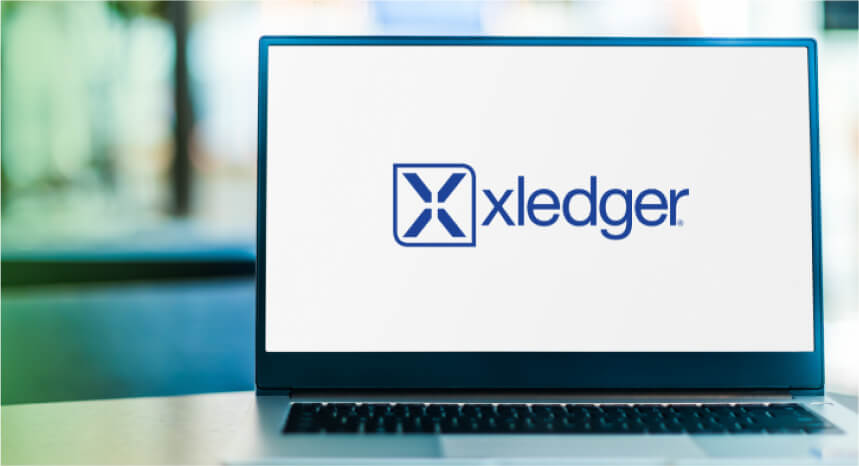Blogs
How to work better remotely with a modern finance system

We are facing now, more than ever, the genuine need to digitally transform our organizations. While there are many elements to digital transformation, modern cloud-based finance systems have a huge part to play in enabling your organization to work better remotely.
With this in mind, here are several key elements that a modern financial system can offer to help both your finance team and wider organization to work more efficiently when out of the office.
Workflow
For anyone unfamiliar with the term, “workflow” is fundamentally the electronic approval of documents.
A finance system that automates tasks and approvals removes the necessity of printing, hand signatures, and time delays. If purchase invoices need to be approved by a budget holder, an in-system workflow is a big plus for an organization working remotely. Workflow is an area that will need to continuously adapt as employees join and leave your organization. It is, therefore, important to choose a system with an easily configurable workflow and a simple, user-friendly interface, so it can be updated as and when required.
Document Management
An integrated document management system guarantees that everyone has access to the documents they need to operate remotely. When a document management system is integrated with a finance system, supporting documents can be attached to transactions and records, assuring that documents are logically stored and easy to find. Furthermore, when budget holders can access and review documents in the system, it provides them with a more comprehensive understanding of and greater confidence in their financials, ultimately leading to better budgetary ownership and improved financial control.
- Pro tip: If you want to avoid time spent hunched over a photocopier, look for a system that allows your suppliers to email documents directly into your finance system.
Self Service Reporting
When you’re working remotely, operations can’t tap you on the shoulder and ask for the financial information they need. Putting live, financial data in the hands of budget holders is essential for them to make informed decisions. The best way to achieve this is by giving budget holders direct access to your finance system to facilitate self-service reporting.
When providing access to individuals outside of finance, it’s important to select a system with configurable roles and dashboards to ensure that users only have access to the necessary information.
Remove Supporting Documentation
When it comes to working remotely, searching for a co-worker’s supporting documentation can be painful. Fixed assets, prepayments, and balance sheet reconciliations are examples of finance functions that are traditionally managed offline via spreadsheets. Look for a system that not only operates with these modules as the standard but one that can also help to automate the postings and reconciliations of them, eliminating the requirement to hold supporting documents.
Integrated Expense module
An in-system expense module means that employees don’t need to send paper receipts to finance for processing, nor do finance need to manually record those expense transactions in their system, facilitating a more streamlined and efficient process. With a mobile application, an expense module can benefit the wider organization by helping people stay on top of their expenses, as it allows them to take pictures of receipts and capture expenses on the go.
Banking Integration
An arduous process at the best of times, payment runs typically involve the printing and manual approval of a mound of paper and supporting documentation. To enable your organization to work effectively remotely, look for a system that fully integrates with your bank from a payment perspective and allows the in-system approval of payments.
As the system knows what it’s paid, a bank payment integration has additional benefits, including:
- Automatic reconciliation of the bank and supplier ledger
- Automatic sending of remittance advice
- Additional security – removing the risk of someone editing the payment file before it’s uploaded into your banking software.
Finally… ‘True Cloud’
Okay, so every finance system is now ‘in the cloud.’ Even on-premise systems are referred to as ‘cloud,’ simply because they can be accessed remotely through a VPN. The problem with many of these solutions is that they present issues with bandwidth if everyone tries to access the system at the same time. They are also inherently slower, as the system itself wasn’t designed to work in the cloud.
My recommendation would be to look for a ‘true cloud’ system – as similar to Facebook and Google, they are multi-tenanted and specifically built for the cloud. With multi-tenanted systems, everybody utilizes the same version of the software. This means free updates, out of the box integrations and, as everyone sits on the same version, it’s easier to support.

